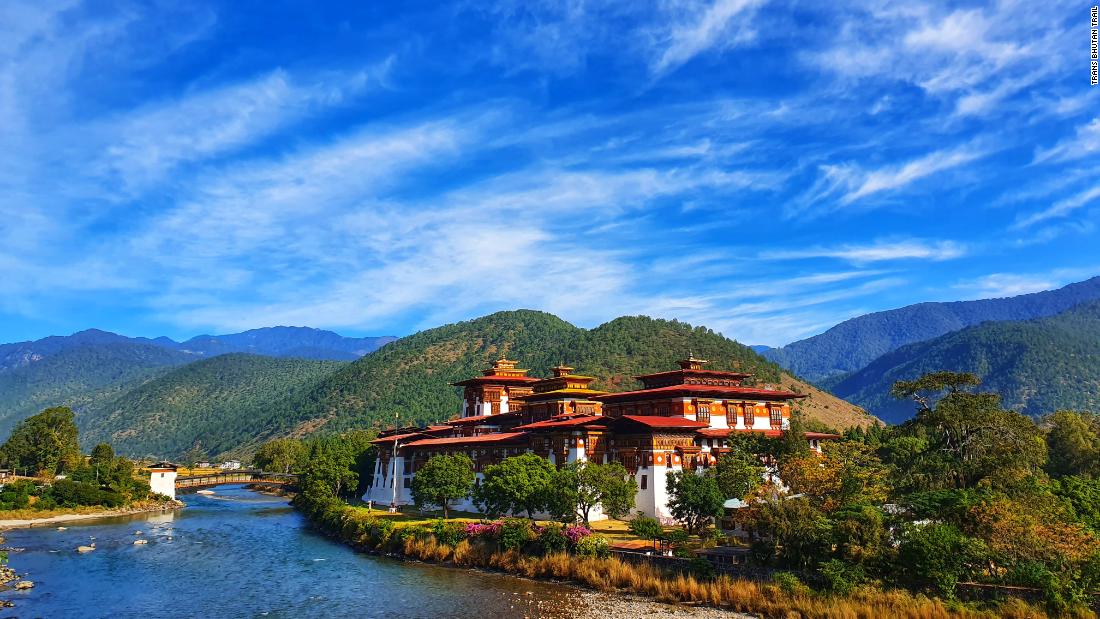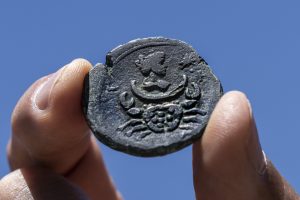
(CNN) — Bhutan is one of the world’s most mysterious countries.
Visiting the Land of the Thunder Dragon can be challenging, but there’s new incentive to finally cross it off the bucket list in 2022, as its breathtaking Trans Bhutan Trail is open to travelers for the first time in 60 years.
According to the Bhutan Canada Foundation — the principal donor to the restoration project — the 250-mile route connects nine dzongkhags (districts), 28 gewogs (local governments), two municipalities, one national park and 400 historic and cultural sites.
Travelers who follow the entire trail route will cross 18 major bridges and climb 10,000 stairs. It is also possible to walk or mountain bike.
“This is a community-based project in both its building and operation which will restore an ancient cultural icon and provide a sustainable, net carbon zero experience in the country for pilgrims and travelers,” Sam Blyth, chair of the Bhutan Canada Foundation, said in a statement.
He added: “the Trans Bhutan Trail also reflects the country’s philosophy of Gross National Happiness and will allow the children of Bhutan to walk in the footsteps of their ancestors.”
The trail’s westernmost point is the town of Haa, which is near the border with Tibet. The easternmost point is Trashigang, near the border of India’s Arunachal Pradesh state.

Bhutan was the first country in the world to achieve carbon neutrality.
Trans Bhutan Trail
According to a representative for the Bhutan Canada Foundation, an ambitious walker could cover the whole trail in about a month, but most tourists will likely enjoy shorter segments of the trail on three-, four-, or seven-day excursions.
There are a range of lodging options along the route, from rustic campsites to three-star hotels.
King Jigme Khesar Namgyel Wangchuck, Bhutan’s 41-year-old monarch, has been a driving force behind restoring the trail, which was formerly a Buddhist pilgrimage route before falling into disrepair once Bhutan began building roads in the 1960s.
He officially inaugurated the trail in a ceremony in Trongsa, a sacred city in central Bhutan, in March.
As part of its aim to avoid overtourism, the country charges a mandatory $250 per day fee, which includes land transport, accommodations, food and guide service. The cost makes it somewhat prohibitive for many people to visit.
This “Sustainable Development Fee” was $65 per day before the pandemic.
Due to the relative difficulty of visiting, many travelers to Bhutan opt to join group itineraries or work with travel specialists.
“Covid-19 has allowed us to reset — to rethink how the sector can be best structured and operated… while keeping carbon footprints low,” Tandi Dorji, the country’s foreign minister, said in a statement earlier this year defending the higher fee.
The Asian country will reopen to tourists from September 23, with the trail scheduled to welcome its first foreign tourists five days later.

